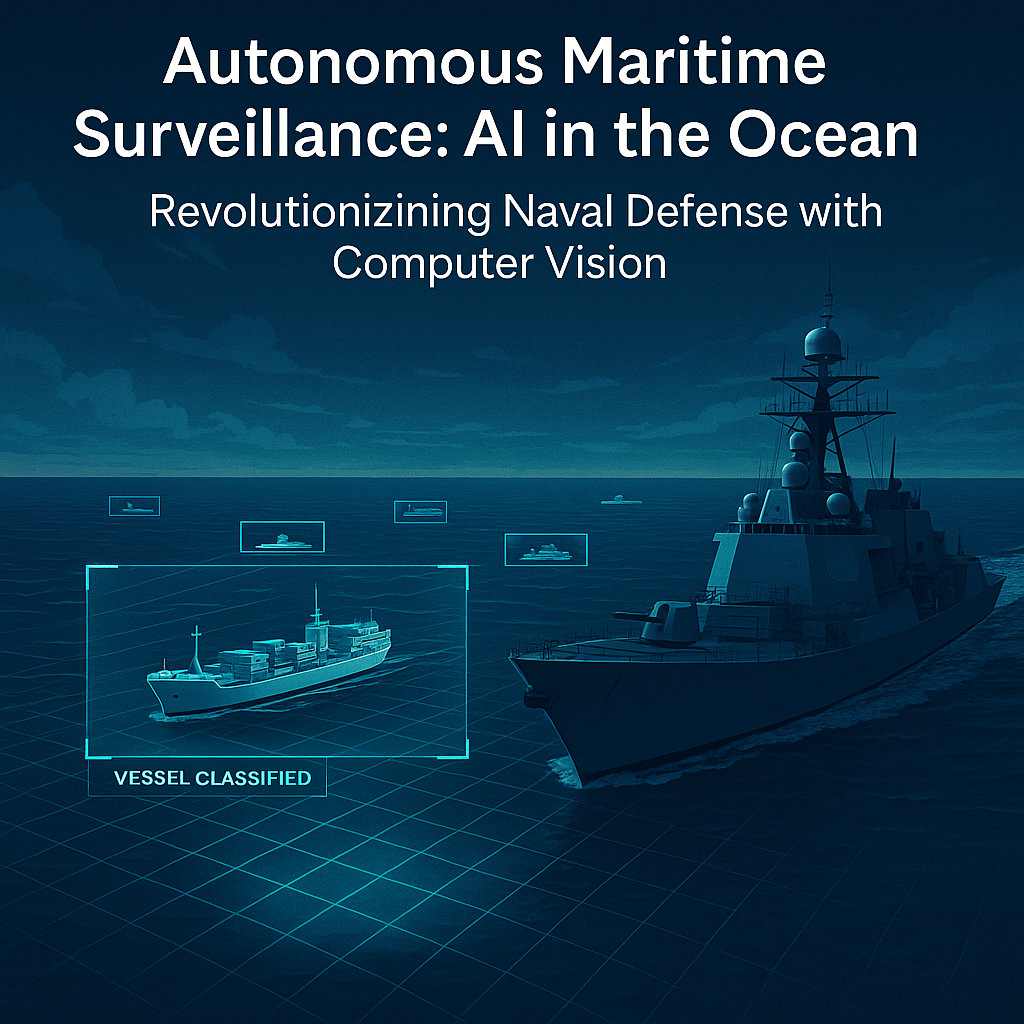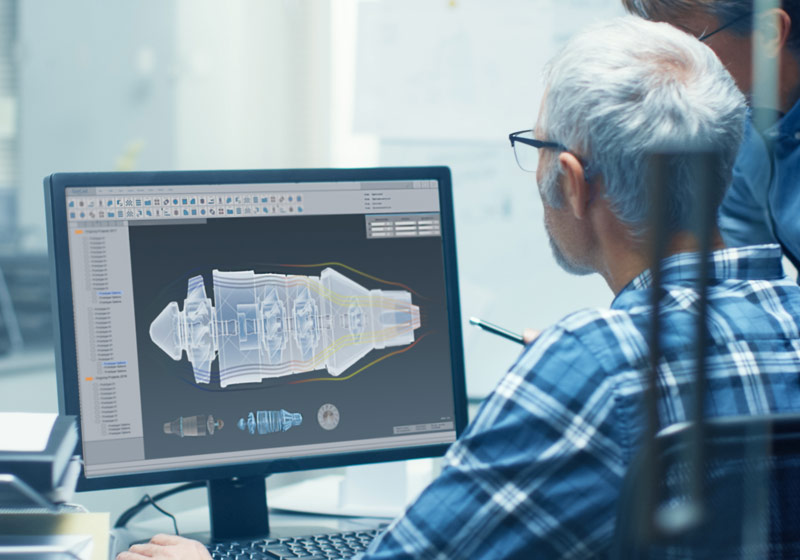Introduction: The New Age of Maritime Intelligence
With more than 139 million sq mi of ocean and 50,000 vessels active worldwide, keeping the seas secure has never been harder. Traditional radar and manual surveillance can no longer keep pace with emerging threats. Autonomous maritime surveillance powered by AI is closing that gap—bringing 10× faster vessel identification and 95 %+ accuracy, even in fog, storms, or high-traffic zones.
Why Legacy Systems Are Struggling
Conventional systems rely on radar, satellite images, and human operators. They suffer from poor small-vessel detection, weather interference, and operator fatigue. Human teams can only monitor a few tracks at once; reaction delays and false positives are common. Maritime operations demand constant vigilance that humans alone can’t sustain.
How AI Transforms Maritime Domain Awareness
AI-driven systems use computer vision and multi-sensor fusion—visual, infrared, radar, and electro-optical inputs—to detect, classify, and track vessels in real time.
Convolutional neural networks analyze millions of maritime images to distinguish commercial ships, fishing craft, or suspicious formations. Combined with RAG (Retrieval-Augmented Generation) pipelines, they fuse imagery with live intelligence feeds—AIS traffic, threat databases, and weather data—to generate contextual threat assessments instantly.
Netray’s Computer Vision + RAG Advantage
Netray’s proprietary architecture blends high-accuracy vision models with intelligent data retrieval.
- Vision Processing Engine: Identifies vessels with 96 % accuracy in visibility as low as 2 nautical miles.
- Intelligence Layer: Correlates detections with AIS, threat reports, and geopolitical data.
- Decision Matrix: Ranks threats and recommends responses autonomously.
This fusion allows navies to operate 24/7 without fatigue, reducing false alarms by 85 % and manpower needs by 60 %.
Real-World Mission Impact
Port Security: A naval base deploying Netray’s system achieved 99.2 % detection accuracy and integrated with C4ISR networks in 30 days.
Anti-Piracy: AI identifies fast, low-profile boats and clustering behaviors missed by radar, providing early warnings in high-risk zones.
Search & Rescue: Pattern-recognition models detect life rafts or debris faster than manual scans—saving critical minutes in emergency response.
Secure, Scalable, and ITAR-Compliant
Netray’s edge-optimized, ITAR-compliant architecture processes data locally, minimizing satellite dependence and ensuring mission continuity. AES-256 encryption, zero-trust design, and CMMC Level 3 certification safeguard classified operations while maintaining interoperability with Link 16 and existing C4ISR systems.
Measurable Gains and ROI
- Detection Range: 15 + nautical miles
- Classification Accuracy: 96 %
- False Alarms: < 2 %
- Operator Workload: – 70 %
- Lifecycle Cost: – 40 % over 10 years
Within the first operational year, most programs see full ROI through reduced personnel costs and expanded mission coverage.
The Future of Naval Surveillance
The next wave of autonomous maritime AI will integrate digital twins, predictive analytics, and quantum-enhanced computing—creating a shared, intelligent ocean picture across ships, UAVs, and satellites.
Conclusion: Securing the Seas Through Intelligent Automation
Autonomous maritime surveillance isn’t science fiction—it’s today’s strategic reality. With computer vision + AI, naval forces gain faster detection, higher accuracy, and continuous domain awareness at lower cost.
Organizations adopting Netray’s technology aren’t just upgrading sensors—they’re redefining how the ocean is seen and secured.



